India risks missing $30 trillion GDP goal without AI-led inclusion warns NITI report
The report pitches AI not as an automation threat but as a tool of empowerment.
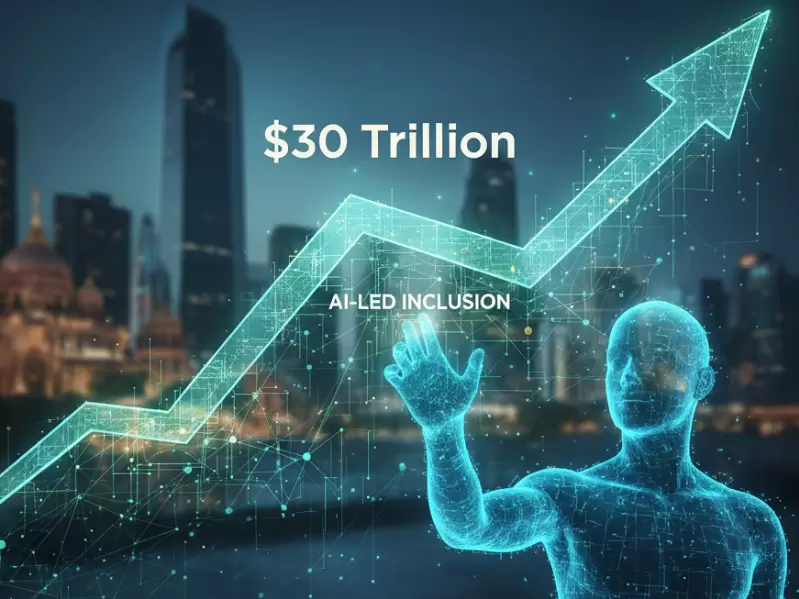 Representative image / AI generated
Representative image / AI generated
India’s top policy think tank, NITI Aayog, has proposed a sweeping national mission to harness artificial intelligence (AI) for social inclusion, warning that failure to integrate the country’s 490 million informal workers into the digital economy could derail its Viksit Bharat 2047 ambitions.
The new report, Roadmap on AI for Inclusive Societal Development, calls for a Digital ShramSetu Mission to bridge the gap between frontier technology and the country’s unorganised workforce, which still contributes nearly 45 percent of GDP but remains outside the reach of social security, formal credit, and skilling systems.
India’s informal workers—carpenters, weavers, drivers, domestic helpers, and small traders—constitute 90 percent of the labour force, yet their average productivity remains less than half the national mean. NITI Aayog estimates that without decisive intervention, per capita income in this group will stagnate at $6,000 by 2047, compared with the national target of $18,000 under Viksit Bharat.
AI as Equaliser — or Divider
The report pitches AI not as an automation threat but as a tool of empowerment, arguing that frontier technologies such as blockchain, IoT, and immersive learning can formalise fragmented livelihoods through verifiable identities, smart contracts, and voice-based access.
“India must ensure that AI becomes a bridge of inclusion, not a moat of privilege,” the report states, calling for technology that “amplifies, not replaces” human labour.
At the centre of the plan is a federated digital trust ecosystem, allowing workers to store skill certificates, work histories, and payment records as verifiable digital credentials on secure wallets—similar to India’s Aadhaar and UPI models. Smart contracts would automate wage payments and prevent exploitation, while voice-first, multilingual interfaces could overcome literacy and language barriers.
However, the report concedes that these systems hinge on ambitious assumptions: near-universal 5G access, hardware cost reductions of up to 80% within a decade, and localised AI models for India’s 22 scheduled languages.
The High Cost of Inaction
NITI Aayog warns that at the current 6.3 percent growth rate, India’s economy will reach just $15.3 trillion by 2047—barely half the Viksit Bharat goal of $30 trillion. To close that gap, the country needs AI-enabled productivity gains of up to 10% annually in sectors such as agriculture, construction, and logistics.
The roadmap identifies five critical barriers stifling the informal economy—financial insecurity, low market access, poor skilling, weak social protection, and outdated tools—and links them to deeper systemic deficits in trust, access, and usability.
“Delaying AI integration would not only slow economic growth but also widen inequality between formal and informal workers,” the report warns.
Mission Digital ShramSetu: Blueprint for Inclusion
The proposed Digital ShramSetu would serve as a national coordination framework, chaired by the Prime Minister, with participation from key ministries, state governments, and industry partners. It envisions a phased rollout between 2026 and 2035, beginning with pilot programmes in 10 states before nationwide adoption.
Key targets include:
- Tripling informal-sector productivity from $5/hour to $15/hour by 2035.
- Expanding female labour participation from 37 percent to 70 percent by 2047.
- Achieving universal social-security coverage for all workers.
The plan also urges regulatory reform to legitimise smart contracts, establish AI safety standards, and extend data protection to gig and informal workers.
Between Ambition and Reality
While the report has been welcomed as a progressive step, labour economists caution that technological optimism cannot substitute for structural reform. “AI can improve access, but without legal recognition of informal work and portable social protection, formalisation will remain superficial,” said a Delhi-based policy researcher.
Still, the roadmap represents a pivot in India’s digital policy—from building infrastructure to human inclusion. If executed, Digital ShramSetu could make AI not just a growth accelerator but a social equaliser—one that connects India’s invisible workforce to its digital future.



 R Suryamurthy
R Suryamurthy
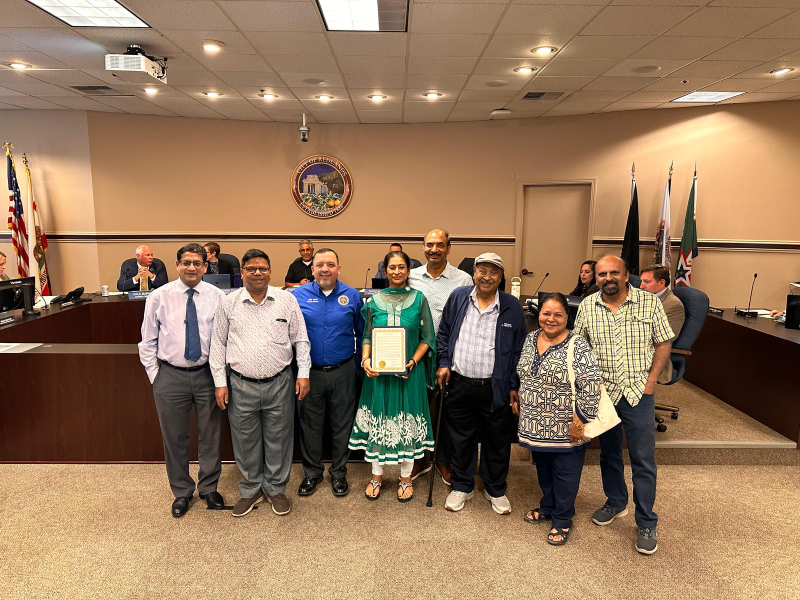
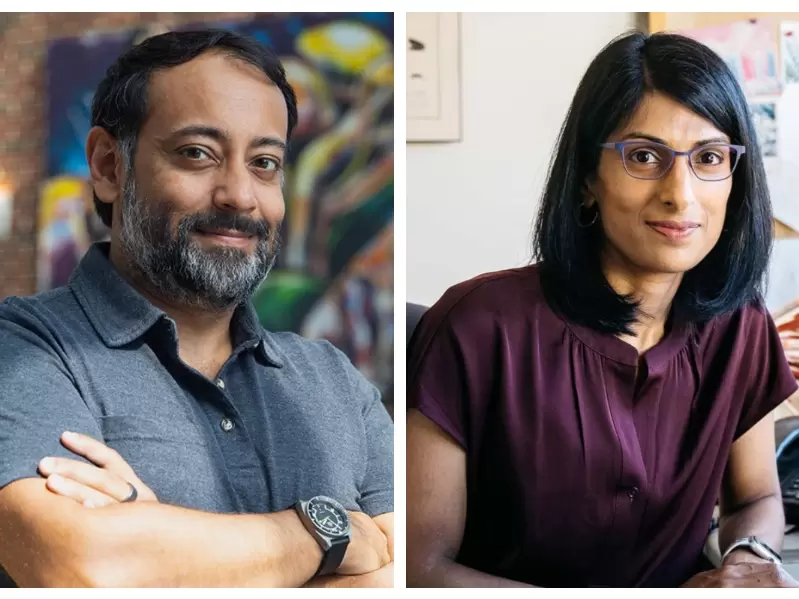

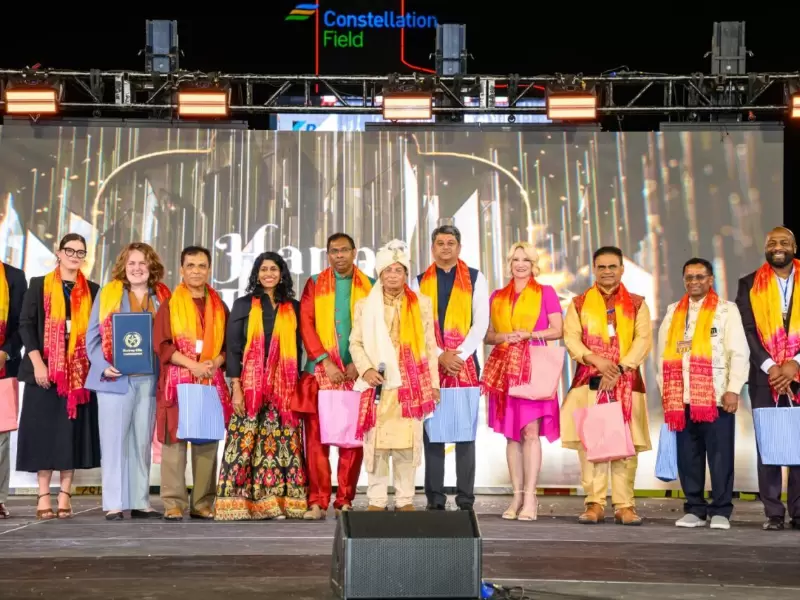
.jpg)
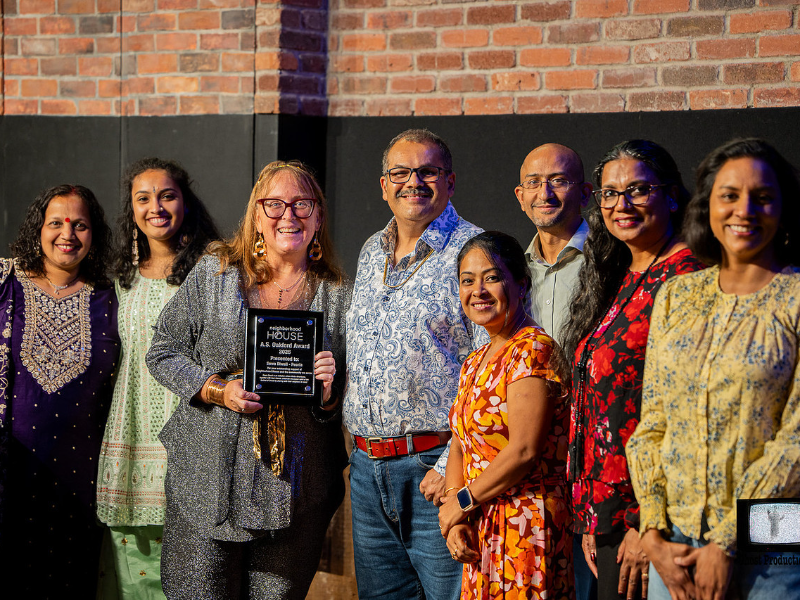
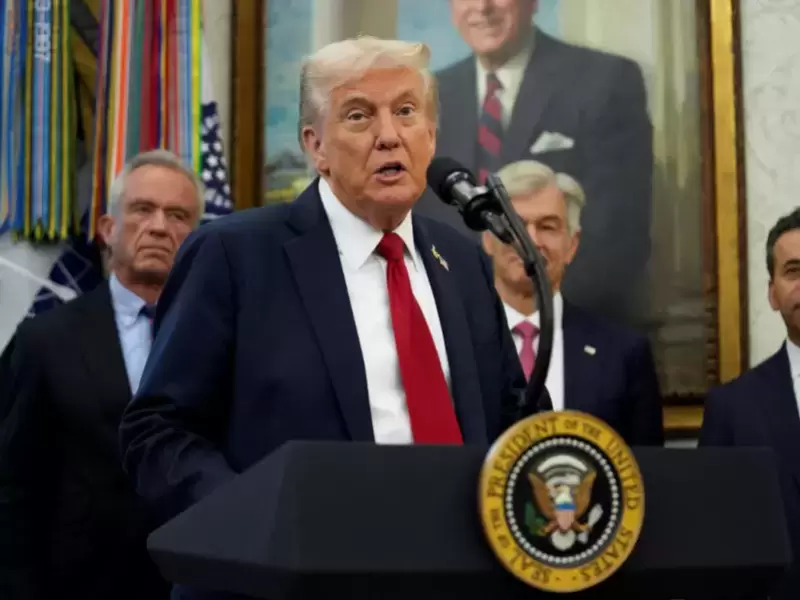
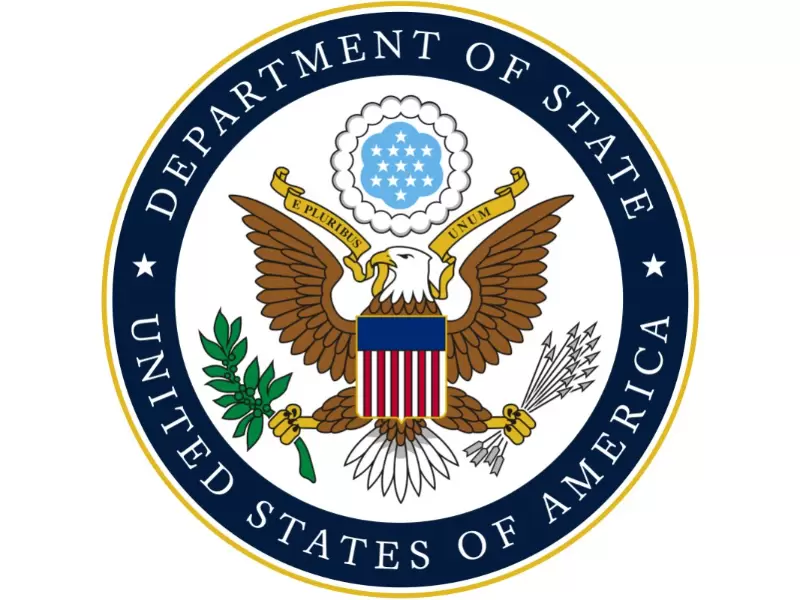

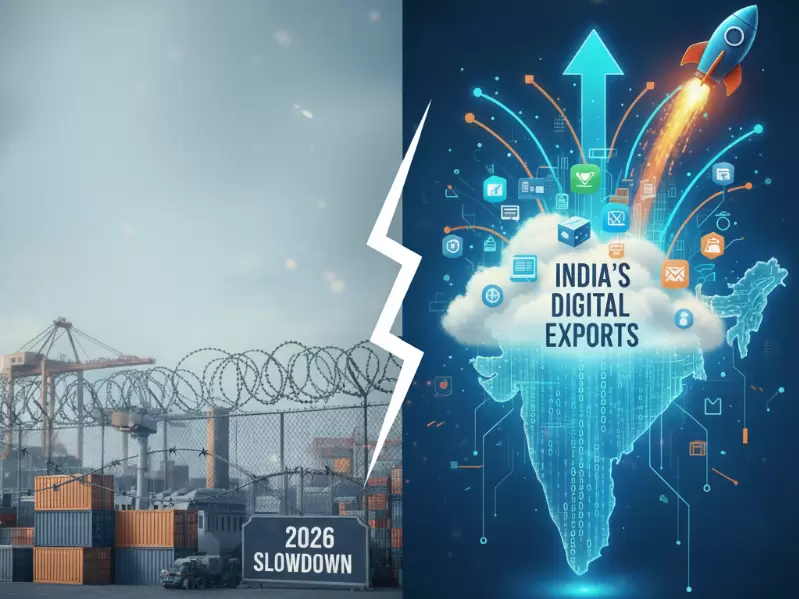




Comments
Start the conversation
Become a member of New India Abroad to start commenting.
Sign Up Now
Already have an account? Login